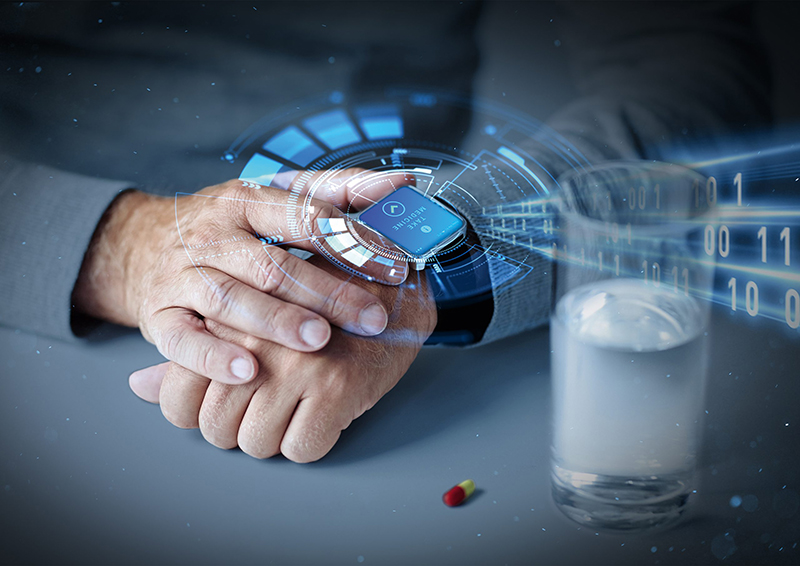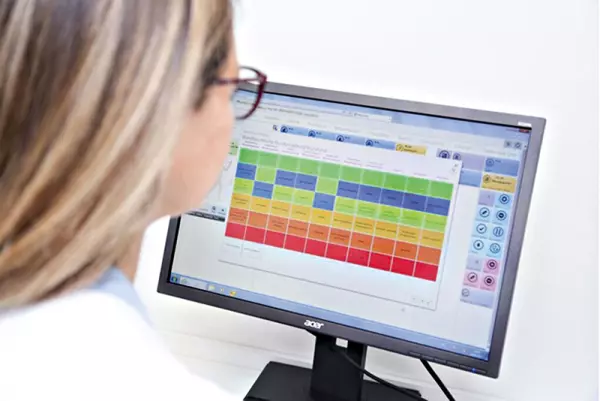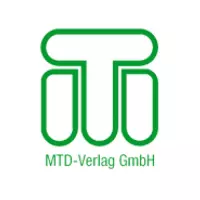
(05/2022) Anssi Saarela Senior Manager, Product and Service Areas of Connectivity Solutions, Bittium
The trend towards small, unobtrusive devices is reaching more and more areas of application. With technological advances in areas such as AI-assisted software capabilities, sensor development, advanced battery, wireless and antenna technologies, wearables now have the potential to have a major impact on the healthcare market.
According to figures from the US market research company MarketsandMarkets, the global market for wearable medical devices is expected to reach around USD 24 billion in 2025, which shows the enormous potential for developers and manufacturers. At the same time, entering the area of medical-grade wearables brings with it specific challenges.
Evolution of health servicesAdvances in medical wearables have the potential to revolutionize the treatment and diagnosis of disease. They enable real-time monitoring and the collection of important data that can be further processed using AI-supported functions in the cloud.
Such functions can save lives. The data obtained from wearables will help healthcare, pharmaceutical and life science companies develop better algorithms and gain a competitive advantage.
Examples of such products include sensors to monitor blood clotting and other blood parameters, devices to monitor asthma and lungs, glucose trackers, devices that reduce movement disorders or help prevent concussions, and much more.
Significant investments have been made in telemedicine in recent years - around $3 billion this year and expected to reach $25 billion by 2025, according to US market research firm Aritzon made remote health monitoring and support even more visible.
Analysts agree that the popularity of virtual care will continue post-pandemic. Therefore, the need for medical devices to support this demand is high. They must be comfortable to carry and easy to use for users, similar to what they are used to from consumer devices and wearables.
development challengesDue to the high market potential, many providers - both from the consumer electronics market and from the classic medical device market - are examining their options for entering the market in the field of medical IoT devices and wearables.
To make the leap from consumer electronics manufacturing to medical technology, wearables designers and manufacturers need to share their expertise with the industry throughout the development process









